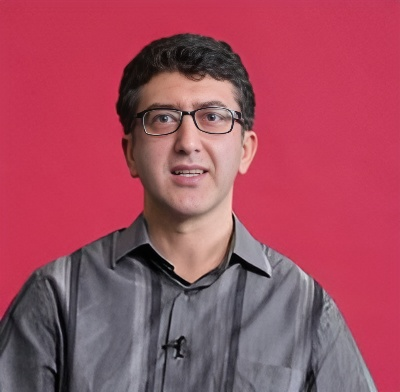
Khaled Abedrabboh
Hamad Bin Khalifa University, Qatar
Dynamic Games and Applications Seminar
Game-Theoretic Market Mechanisms for Sharing Distributed Energy Resource
Feb 27, 2025 11:00 AM — 12:00 PM (Montreal time)
Zoom webinar link
As the world transitions towards more sustainable energy systems, the integration of distributed energy resources (DERs), such as renewable energy and storage systems, presents both opportunities and challenges. While DERs offer environmental and economic benefits, their high investment costs, space constraints, and low utilization rates when individually operated limit their efficiency. To address these challenges, innovative market mechanisms are needed to enhance DER utilization and promote cost-effective energy sharing within consumer communities. This talk presents a game-theoretic framework for designing local energy markets (LEMs) that facilitate the efficient allocation of medium-scale DERs. We explore two market mechanisms: the combinatorial double auction (CDA) and the combinatorial clock auction (CCA), which allow multiple DER providers and consumers to interact strategically while maintaining privacy and optimizing economic and environmental benefits. The talk will cover the mathematical modeling of these auction mechanisms, including social welfare optimization, utility-maximizing bidding strategies for consumers, and revenue-maximizing strategies for DER providers.

